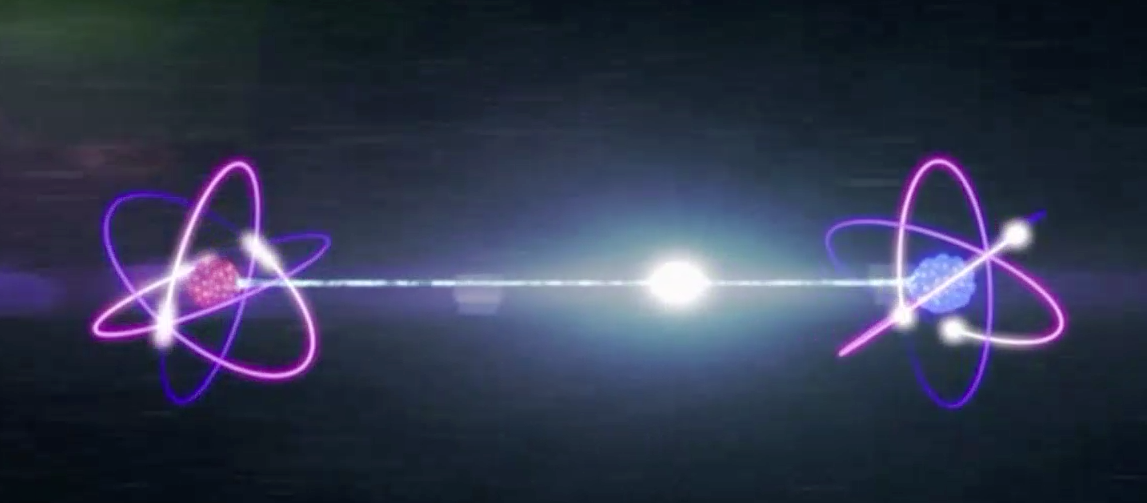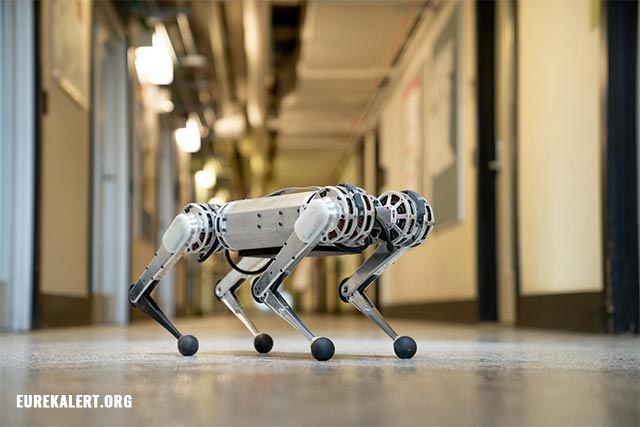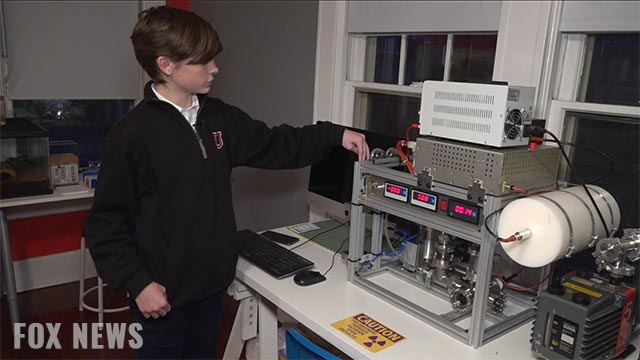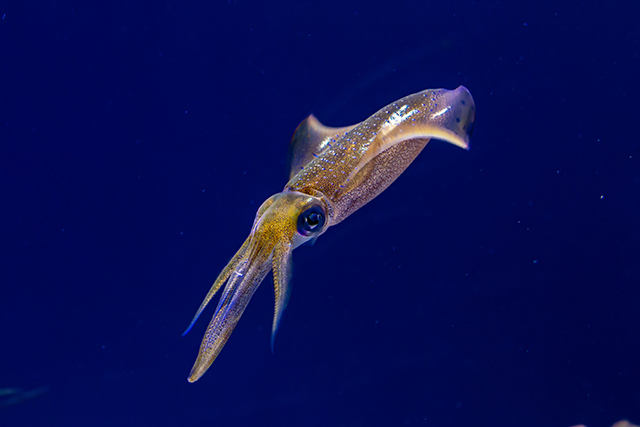Wigner’s friend is about to get REAL: Experiment hints at potential of “multiple realities”
09/01/2019 / By Edsel Cook

If he were alive today, the famous researcher Eugene Wigner would probably be delighted to know that his “friend in another reality” turned out to be real. A recently published Austrian study proved the possibility of his theory by showing that two realities might exist simultaneously on the quantum level.
Supported by the University of Innsbruck, experimental physics researchers applied quantum mechanics to “Wigner’s friend.” In summary, they solved one of the most headache-inducing thought experiments in physics with one of the most migraine-causing fundamental theories in the same field – which is ironic and apt.
The Nobel Prize-winning Hungarian-American researcher first came up with the idea in 1961. His experiment called for two individuals to keep an eye on a single object.
Wigner picked a photon as the mutual target of the participants. During the observation period, the particle of light appeared in either a horizontal state or a vertical position.
In the conventional world, an object only existed in one state at a time. If the photon appeared horizontal, it would not be vertical, and vice versa. (Related: Quantum computer time machine: Russian physicists can move small particles a fraction of a second into the past.)
Both Wigner and his “friend” are right, says quantum mechanics
This is where quantum mechanics came in. It posits that the photon already existed in a state of superposition before it was observed by the experimenters.
A particle in a state of superposition exists in both horizontal and vertical states at the same time. Unlike the eponymous feline in the Schrodinger’s cat thought experiment, the participants know the state of the particle.
Going back to Wigner’s thought experiment, one participant inside the laboratory took a good look at the photon. Afterward, he dispatched the particle in either a horizontal or a vertical state.
Meanwhile, the other participant waited outside the lab, unaware of what his partner was up to. In the original concept, Wigner himself played this part.
This second person ran an interference experiment. The simplistic process checked if the photon sent by the first person continued to exist in a state of superposition.
As expected from anything that involved the quantum realm, it might be possible to confirm the observation made by Wigner that the photon remained in a state of superposition. At the same time, it would also be possible to confirm his friend’s claim that he changed the state of the particle.
Thus, both of the different realities that Wigner and his friend presented were potentially true and coexisted together at the same time.
Experiment validates Wigner’s friend theory while also throwing objective reality out the window
For the longest time, Wigner’s friend remained a mind-numbing thought experiment. However, 24 years after Wigner died, researchers finally made sufficient advancements in the fields of quantum mechanics and quantum physics to put his theoretical scenario to a real test.
Overseen by Heriot-Watt University researcher Massimiliano Proietti, the Innsbruck researchers eschewed the use of just one photon in their take on Wigner’s friend. Instead, they linked six particles of light together via quantum entanglement. By entangling the photons, they ensured that whatever happened to one photon also happened to its partner.
Their initial investigation showed that all six entangled particles showed the polarity that the “friend” participant put them in. When they implemented the interference experiment, however, the researchers discovered that the photons remained in a state of superposition.
So what does this mean for us? There may be no such thing as objective reality.
“The scientific method relies on facts, established through repeated measurements and agreed upon universally, independently of who observed them,” Proietti wrote in the study paper. “In quantum mechanics, the objectivity of observations is not so clear.”
Sources include:
ARXIV.org[PDF]
Tagged Under: breakthrough, cool science, discoveries, objective reality, photons, physics, quantum mechanics, quantum particles, quantum physics, research, weird science, Wigner's friend theory
RECENT NEWS & ARTICLES
COPYRIGHT © 2017 FUTURE SCIENCE NEWS



















